Runway 17L-35R Rehabilitation
ABI's existing aircraft fleet mix and annual operations exceeded the structural capacity for its primary use runway, which was experiencing delamination on the pavement surface and sub-surface layers. This project was initially scoped (by a previous consultant) to be an overlay, limiting funding and making reconstruction unfeasible.
Garver used a rolling dynamic deflectometer, heavy weight deflectometer, and traditional geotechnical testing to analyze the existing runway pavement by determining the strength of each layer of the existing pavement section, calculating the remaining life of the section, and developing rehabilitation and new pavement section alternatives for 20-year life.
Garver provided a preliminary engineering report, preliminary and final design, and bidding and construction administration. The runway rehabilitation consisted of a mill and replacement of five inches of the middle 75 feet of the runway with a four-inch overlay on top of the entire 150-foot wide runway surface.
"Our ability to use innovative methods and work with the local contractor community allowed us to understand the existing pavement and options for rehabilitation, including local construction methods and materials. Our thorough approach to defining the problem and developing a customized solution extended the life and dependability of a critical runway - one frequently used by airlines diverted from DFW," said Texas Aviation Team Leader Frank McIllwain.
The $8.4 million project was completed in four months, $351,000 under budget, and earned the Texas Asphalt Pavement Association's 2015 Quality Asphalt Pavement Award.
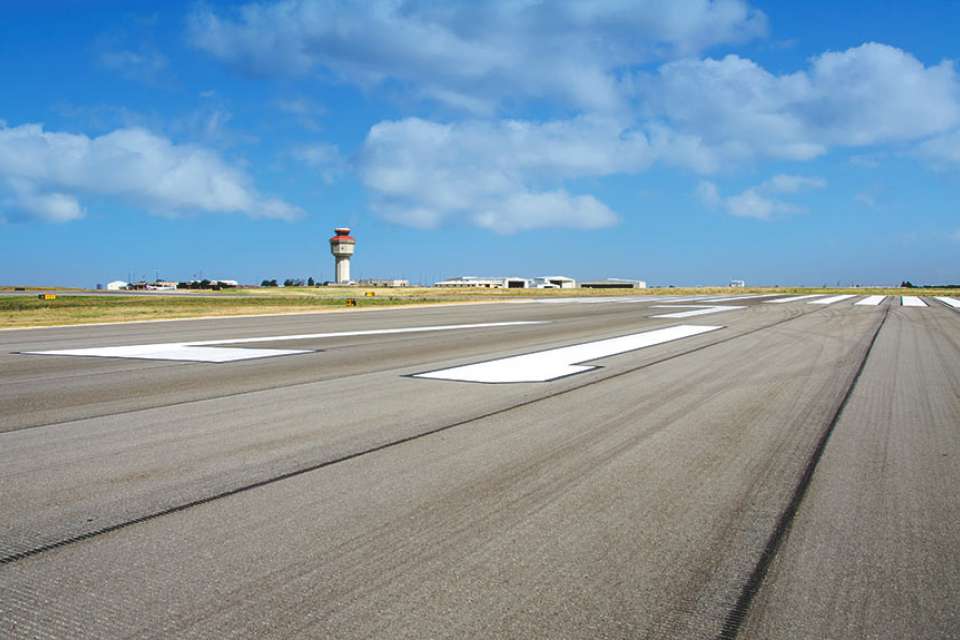

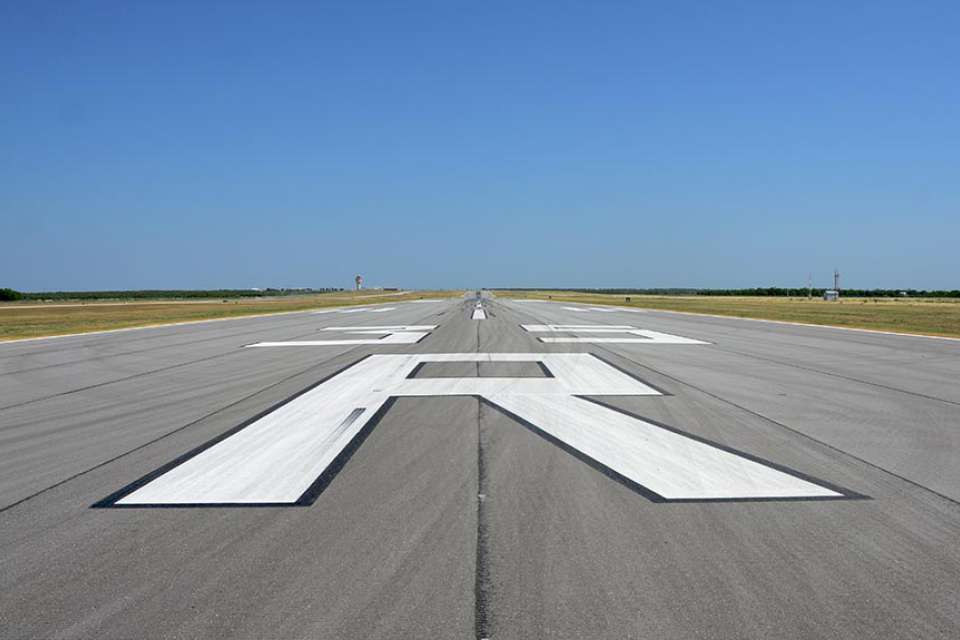


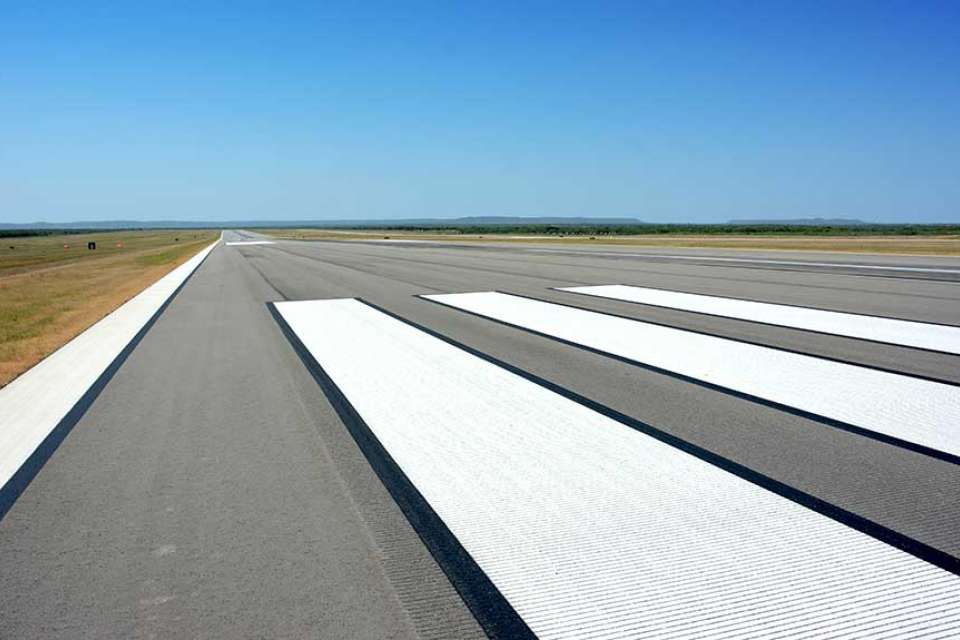
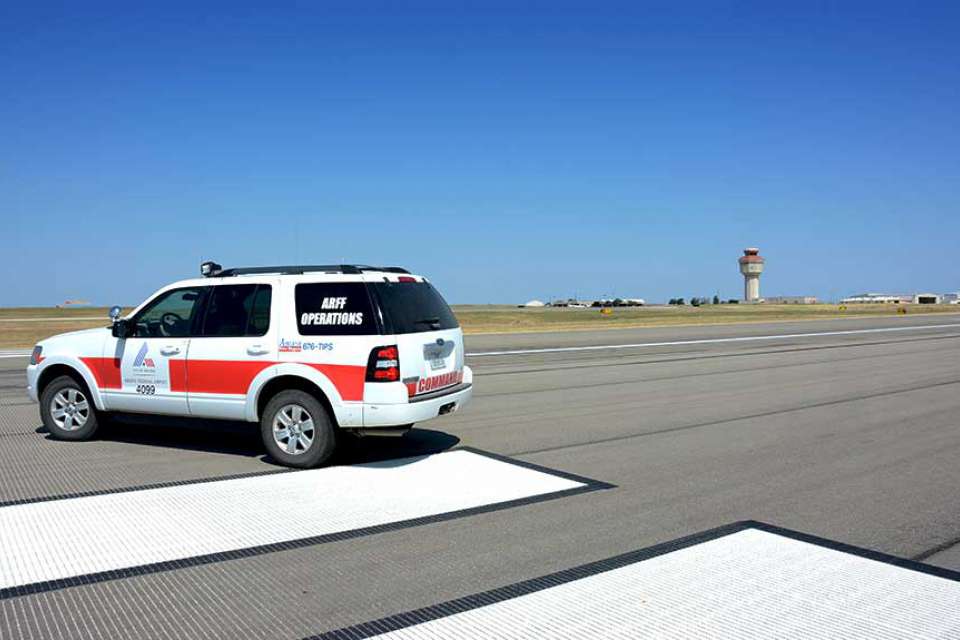


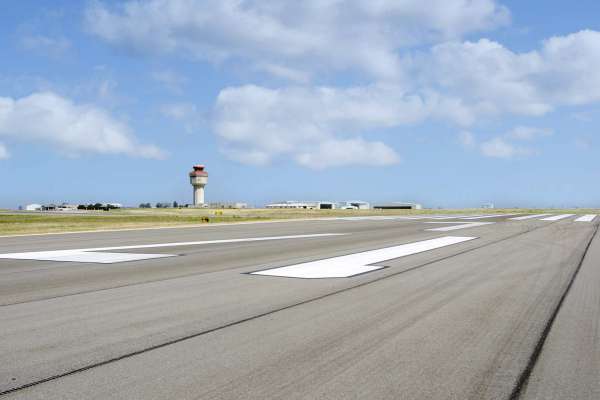
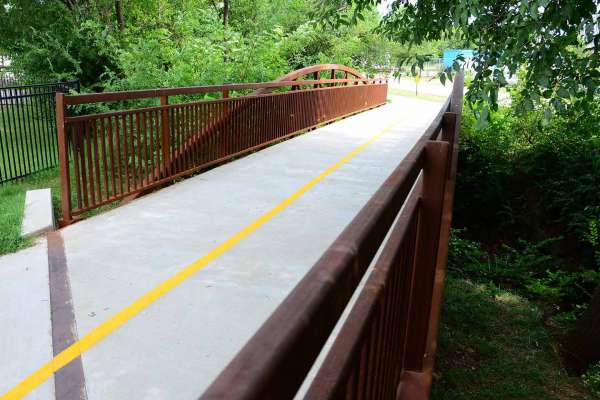


Share this article